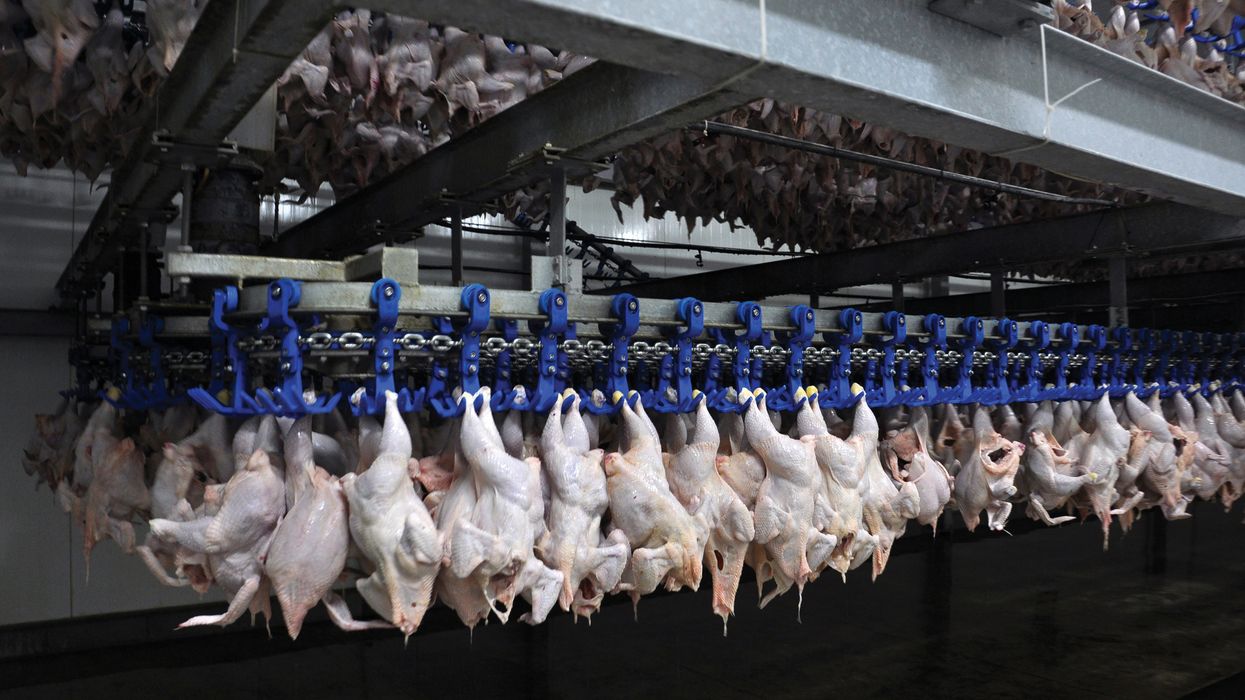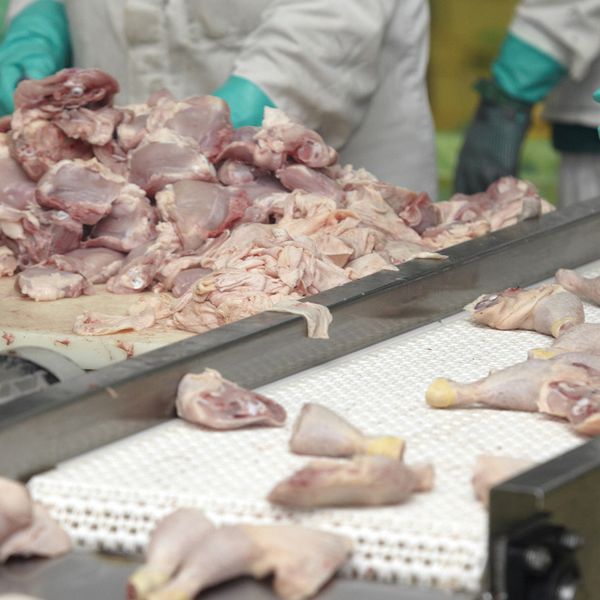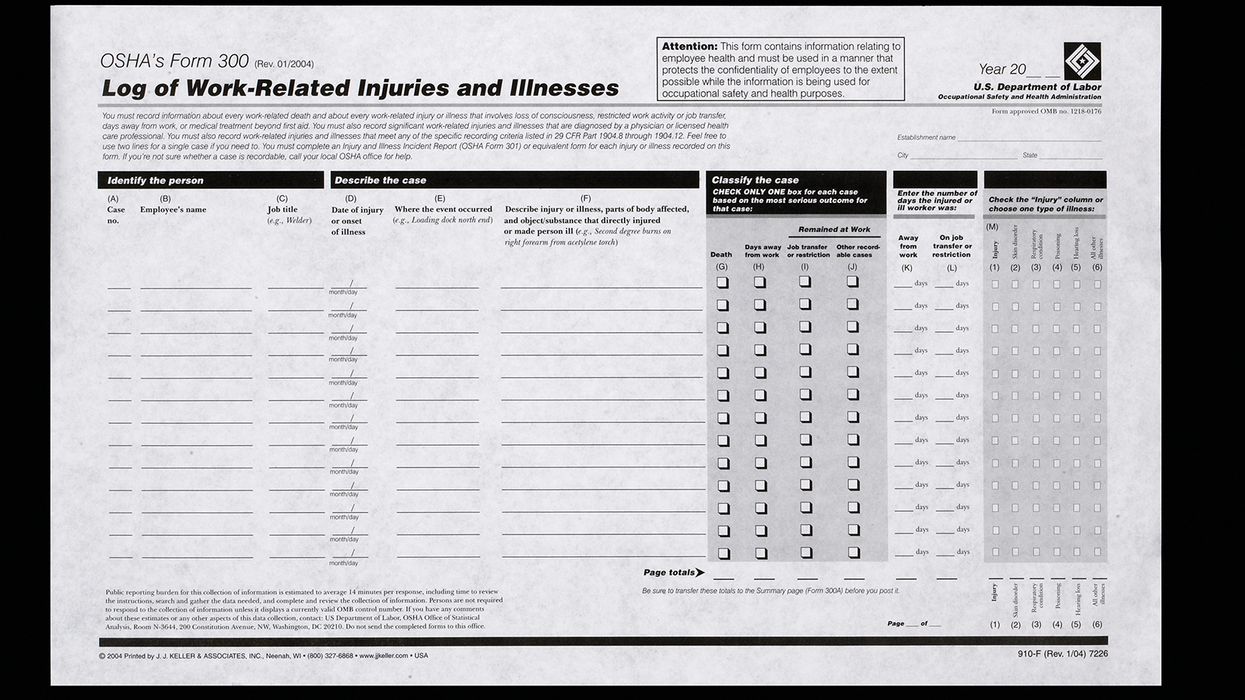Cranked up line speeds may continue at waived meat plants, USDA says
Two government-ordered studies confirm there’s no “direct link” between processing speeds and work injuries, argues the Food Safety and Inspection Service (FSIS). The studies prompted a recent announcement from Secretary of Agriculture Brook Rollins. The agency head directs FSIS to allow waived poultry and pork plants to continue to use higher line speeds.
To cut red tape, FSIS is ordered to:
- Extend existing waivers to allow faster line speeds for young chicken and swine processing plants;
- Immediately begin rulemaking to formalize speed increases; and
- No longer require plants to submit redundant worker safety data to FSIS.
The idea is to bolster U.S. food production and reduce costs to producers, explains FSIS. The agency will not issue new line speed waivers, however.
Two studies
In 2022, FSIS contracted two studies to see how much faster line speeds actually impact worker safety at 17 facilities. These facilities were poultry and swine evisceration plants with line speed waivers.
During the studies, the plants submitted worker safety data. Researchers interviewed workers and analyzed footage of plant workers. They also measured muscle activity, posture, and repetition. Finally, the researchers calculated the risk of upper extremity pain and musculoskeletal injury for workers at higher versus lower speeds.
Findings
In January 2025, two final reports were sent to FSIS (here and here). They conclude:
- Workers are at greater risk of a musculoskeletal disorder (MSD) when the piece rate is higher. Piece rate is the number of animal parts a worker handles per minute.
- About 40 percent of workers in both studies reported moderate/severe pain in the last year.
- More than 80 percent of the workers were at increased risk of MSDs in the poultry study. This compared to over 45 percent in the swine study.
“Line speeds” were determined not to be the leading factor in worker MSD risk at these plants, claims FSIS. Yet, the reports offer insights into how line speeds and other factors may work together to contribute to workers’ overall risk.
Former Acting Secretary of Labor Julie Su said on January 13th, “The findings in USDA's report on worker safety in poultry and swine plants show that injuries, including chronic pain and musculoskeletal disorders are too common. These kinds of injuries often go unreported." In fact, a 2016 Government Accountability Office (GAO) report explains that OSHA faces challenges in gathering injury and illness rates for the meat and poultry industry because of underreporting.
Recommendations
All facilities are encouraged to review the two reports. Plus, FSIS advises facilities to examine their own worker safety plans, regardless of operating line speed. In this way, they may determine how they can protect their workers’ health. The reports go on to recommend that meat and poultry companies consider developing an industry-wide set of best practices that reflect input from both workers and companies. Proposed best practices include:
- Lowering the piece rate by, for example, raising the number of staff;
- Improving medical management programs to assess ongoing pain as a metric of exposure to ergonomic risk;
- Promoting a worker safety culture that encourages reporting of pain and discourages retaliation for reporting;
- Frequently sharpening, maintaining, and replacing knives and scissors; and
- Fully implementing industry specific guidelines from OSHA.
OSHA and NIOSH guidelines
Five OSHA guidelines relate to the studies:
- Best Practices for Non-Health Care Employers with On-site Health Care Services, OSHA 3160;
- Ergonomic Program Management Guidelines for Meat Packing Plants, OSHA 3123;
- Prevention of Musculoskeletal Injuries in Poultry Processing, OSHA 3213;
- Safety and Health Guide for the Meatpacking Industry, OSHA 3108; and
- Poultry Processing Industry eTool.
NIOSH recommendations offer more:
- Evaluation of Musculoskeletal Disorders and Traumatic Injuries Among Employees at a Poultry Processing Plant, HHE 2012-0125-3024;
- Evaluation of Ergonomic Risks, Musculoskeletal Disorders, and Peracetic Acid Exposure Among Employees at a Pork Processing Plant in Michigan, HHE 2021-0117-3397; and
- Evaluation of Carpal Tunnel Syndrome and Other Musculoskeletal Disorders among Employees at a Poultry Processing Plant, HHE 2014-0040-3232.
OSHA’s ongoing agreement with FSIS
In 2022, OSHA issued a memorandum of understanding with FSIS to protect workers in 6,600 meat, poultry, and egg processing plants. Under the memo:
- FSIS personnel report to OSHA any serious work hazards at FSIS-regulated plants;
- FSIS provides OSHA with attestations (per 9 CFR 381.45 and 310.27) from plants in the new poultry and swine inspections systems programs; and
- OSHA provides a poster (see here and here) to FSIS-regulated plants on how to report injuries to OSHA.
Related legislation
Note that House and Senate bills introduced (but not passed) in 2023 would have required OSHA to issue an MSDs standard for meat/poultry plants. A 2023 GAO report also pressures OSHA for a rule.
Key to remember
FSIS is directed to extend line speed waivers and no longer require plants to submit redundant worker safety data to FSIS.
































































